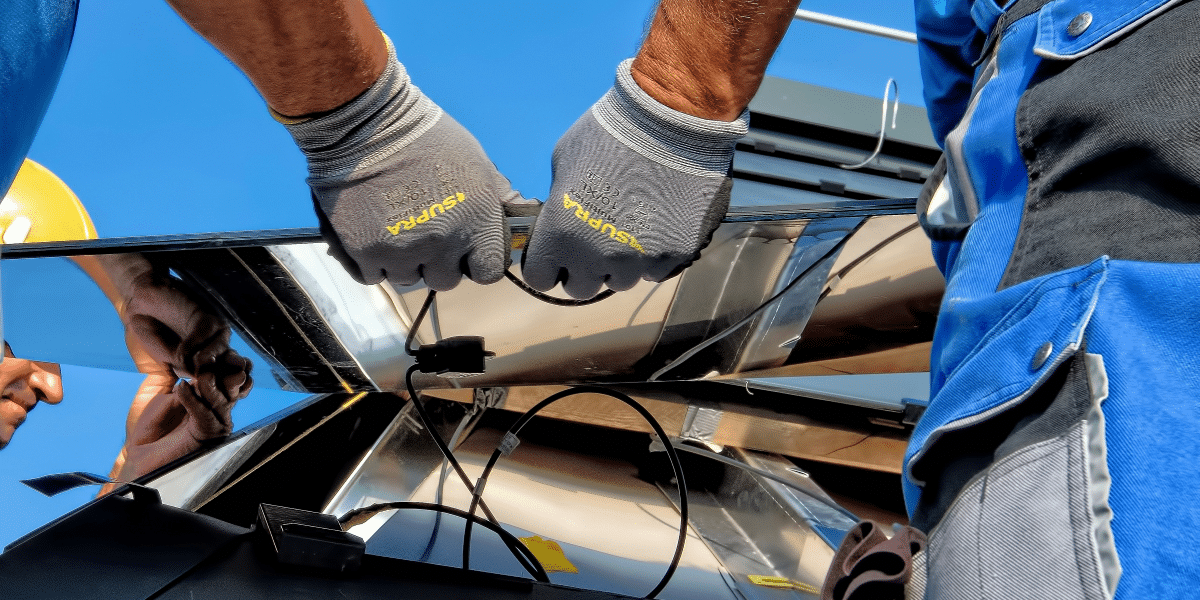As solar power has become more popular, more regulations have become necessary to ensure that all of the solar systems in an area can safely connect to the city’s electrical grid. Among these regulations is what is known as “Rule 21.” This regulation, applicable to California residents, was established by the California Public Utilities Commission, or CPUC. The CPUC oversees the connection of all distributed energy resources, including solar power systems and other renewable energy sources. But what is Rule 21, exactly, and why do you need to follow it? Keep reading to find out.
What Is Rule 21?
Rule 21, in a nutshell, is a set of technical standards and processes that solar power systems must follow to connect with California’s electrical grids. The primary goal of Rule 21 is to ensure that these resources can be integrated safely, reliably, and efficiently, without impact the grid’s stability. The rule includes details for everything from safety protocols to the technical requirements for grid-connected systems.
Key Components of Rule 21
If you’re hoping to tie your solar power system to your city’s grid (and most solar users these days do), and you’re a California resident, you’ll want to ensure you understand the key components of Rule 21 so you can ensure you’re in compliance. Here are the highlights of this regulatory rule:
- Interconnection Requirements: Rule 21 outlines the standards that must be met for a solar power system to connect to the grid. This includes specifications for voltage regulation, frequency response, and power quality. These requirements help maintain the grid’s reliability and ensure that new solar power systems don’t negatively impact other grid customers.
- Smart Inverters: A recent and significant update to Rule 21 was the incorporation of smart inverters. Unlike traditional inverters, smart inverters can communicate with the grid and adjust their output in real time to help balance supply and demand. This ability has become more crucial as more solar power systems continue tying to the grid.
- Application and Approval Process: Rule 21 also provides a structured process for applying to connect your solar power system to the grid. The process includes timelines for utility companies to respond to your application, conduct engineering reviews, and make necessary upgrades. If you’re installing a smaller system, the rule also offers a “fast track” process, making it quicker and easier for you to get your solar power system up and running.
- Cost Sharing: Last but not least, Rule 21 specifies how costs related to your grid connection (such as grid upgrades) are shared between utility and solar customers. This ensures that the financial burden is fairly shared among all grid users.
The Importance of Rule 21
Rule 21 is an important regulation for California solar users to be aware of. It’s essential that your equipment is capable of complying with Rule 21 before you install it, so be sure that you purchase an inverter like the Schneider XW Pro, which is Rule 21 compliant and ready for installation.
Published by: Josh Tatunay







